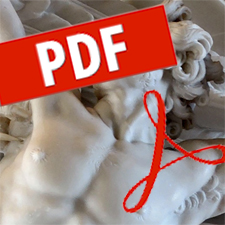This paper assesses the contribution of innovation persistence to surviving Australian firm growth performance over the period 2007–08 to 2013–14 with the added advantages that new firms, micro-sized firms and all industry sectors are included in our analysis. Over this period, firms with high sales and/or employment growth accounted for the majority of aggregate economic and employment growth in Australia, which is consistent with similar studies in other countries. Using a randomized, stratified sample from a firm population-level database that links administrative, tax and survey data, we created a matched, balanced sample of surviving firms to show that short-term persistent innovators (particularly young SMEs) significantly outgrow their less persistent and non-innovator counterparts in terms of sales, value added, employment and profit growth. Persistent innovators are more likely to be high-growth firms and more likely to introduce multiple types of innovation that are more novel. Our findings suggest that broad-based innovation policies may support successive waves of high-growth firms that help to sustain economic and employment growth in Australia.

PAGES
241 – 258
DOI
All content is freely available without charge to users or their institutions. Users are allowed to read, download, copy, distribute, print, search, or link to the full texts of the articles in this journal without asking prior permission of the publisher or the author. Articles published in the journal are distributed under a http://creativecommons.org/licenses/by/4.0/.
Issues
Also in this issue:
-
Agnes Horvath, Magic and the Will to Science: A Political Anthropology of Liminal Technicality
-
Gibson Burrell, Ronald Hartz, David Harvie, Geoff Lightfoot, Simon Lilley and Friends, Shaping for Mediocrity: The Cancellation of Critical Thinking at our Universities
-
Bas de Boer, How Scientific Instruments Speak: Postphenomenology and Technological Mediations in Neuroscientific Practice
-
Bjørn Lomborg, False Alarm
-
How does innovation arise in the bicycle sector? The users’ role and their betrayal in the case of the ‘gravel bike’